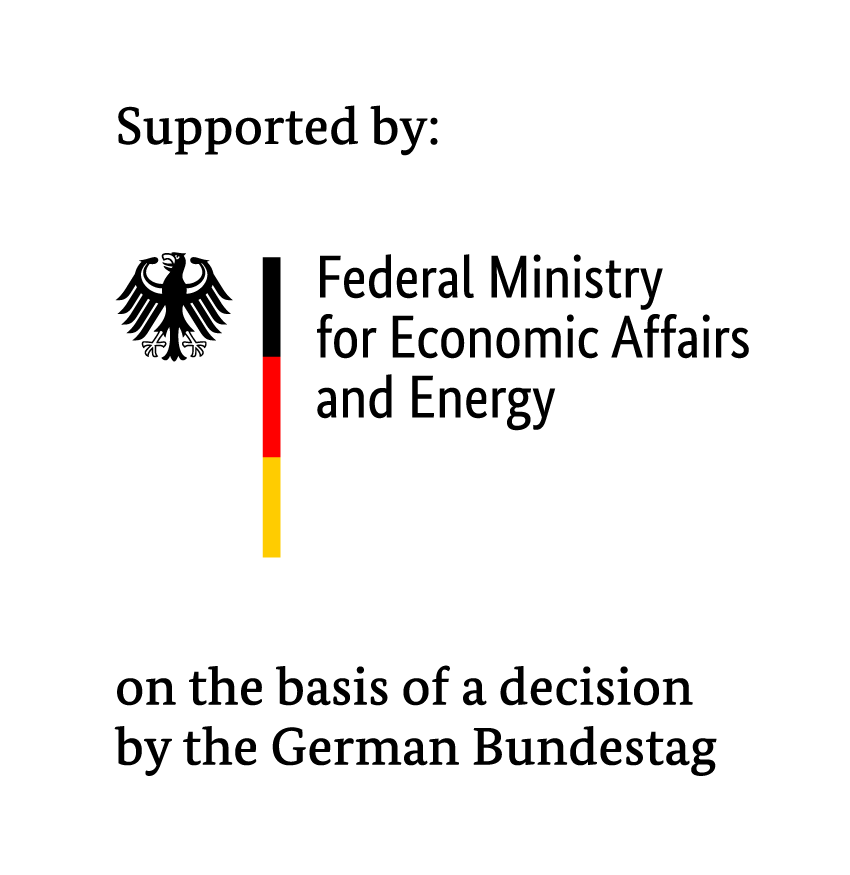REMARK 2.0 Interaction of Time-Variable Grid Fees and Various Marketing Options
Motivation
Interaction of Time-Variable Grid Fees and Various Marketing Options: Impact on Grid Utilization, Investment Needs, and Cost Recovery; Subproject: Agent-Based Modelling of Time-Variable Grid Fees as a “Software-as-a-Service” Evaluation Platform
The rapid electrification of heating and transport will drastically increase electricity demand in low-voltage grids from new flexible loads e.g., EVs, heat pumps. To mitigate this, time-variable or dynamic grid fees are being introduced in Germany (§14a and §41a EnWG) to incentivize flexible consumption while maintaining fair cost recovery for grid operators.
However, the interactions between multiple price signals from electricity markets, ancillary services, and grid fees, remain largely unexplored. Uncoordinated signals could cause inefficiencies, while poor fee design could threaten both system stability and grid financing.
A systematic, simulation-based analysis is therefore needed to understand how dynamic grid tariffs influence consumption simultaneity, grid operation, and revenues, especially at the low-voltage level, which current simulation tools cannot yet model adequately.
Goal
REMARK 2.0 project aims to extend and operationalize the REMARK toolbox to enable analysis of dynamic grid fees and their interaction with other market signals:
- Extend REMARK 1.0 to the low-voltage level including households, flexible assets (EVs, heat pumps), and network fee systems, enabling analysis of multiple concurrent price signals.
- Integrate grid cost and revenue models to assess the impact of time-variable grid fees on both grid operation and financing.
- Enhance flexibility modeling to include household-level flexibility and consumption patterns alongside generators and storage.
- Develop a cloud-based “REMARK-as-a-Service” platform by enhancing scalability, resource-efficient, and accessible to various stakeholders without local installation.
- Accelerate simulation performance by ensuring responsiveness to both preventive and near real-time curative grid measures e.g., Redispatch, §14a.
Through these objectives, the project will create a open-source SaaS tool for the specification, scalable simulation, and analysis of interactions between energy markets, grid fees, and system service mechanisms for supporting efficient, secure, and cost-covering electrification of the energy system.
Internal Leader
Scientific Director
www.eera-consulting.de
www.stwhas.de
Contact
Duration
End: 31.08.2028
Source of funding

Related projects
Resilienz im digitalisierten Stromsystem: Toolbox zur Bewertung von Systemdienstleistungsmärkten


